Sarajevo is the capital of Bosnia-Herzegovina and it is a beautifully located city with many sights to see. The Ottoman Bazaar Quarter is as an atmospheric center, surrounded by the beautiful 19th-century Habsburg buildings, constructed in the decades leading up to World War I, where Sarajevo was growing rapidly.
Sarajevo’s name is historically linked to World War I, when Archduke Franz Ferdinand was murdered during a visit here in 1914. Historically interested visitors can see the place where it happened and learn more about both that year and much more from the city’s history at Sarajevo’s museums.
For centuries, Sarajevo was part of the Ottoman Empire, and hostels, bazaars and mosques are examples of the 16th-century city. Narrow streets and a cozy setting for, among other things, shopping and gastronomy characterize the place today.
Many beautiful houses and churches in Austrian era Sarajevo are just a few steps away. These include, for example, the City Hall, the Catholic Cathedral and Sarajevo’s National Theater. You can also choose a walk across the river to the Sarajevska Pivara brewery, which serves good local beer at the on-site restaurant.
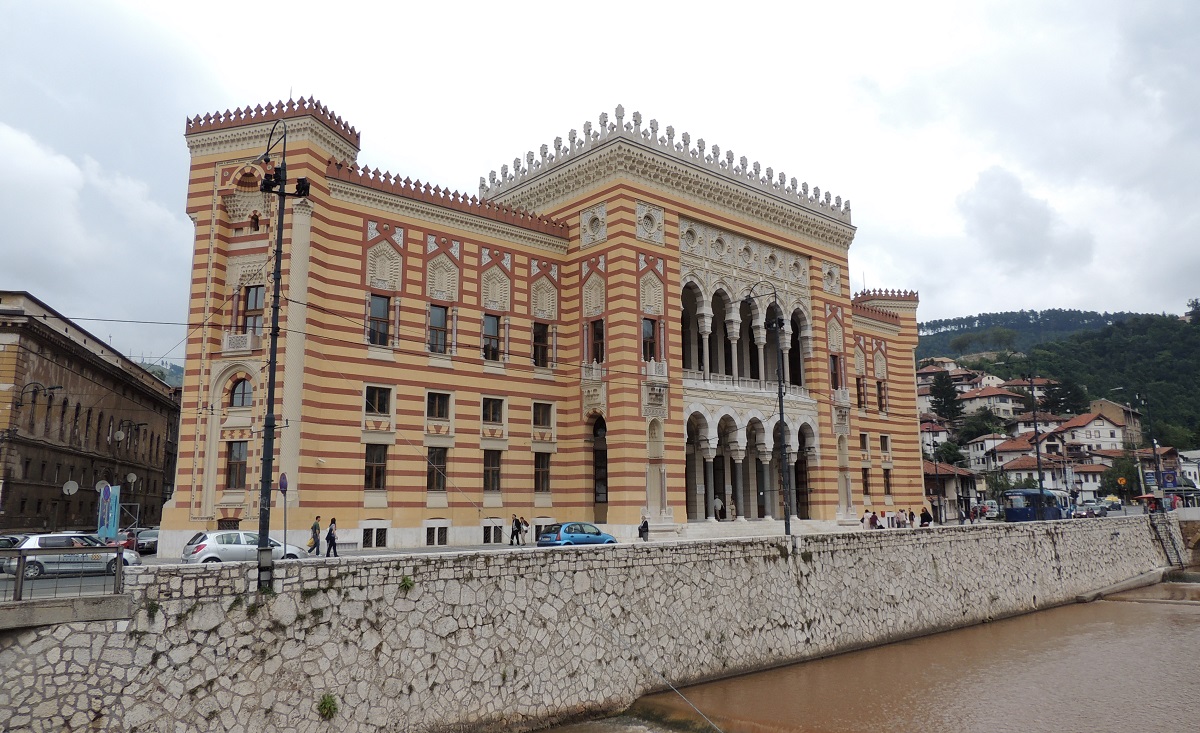
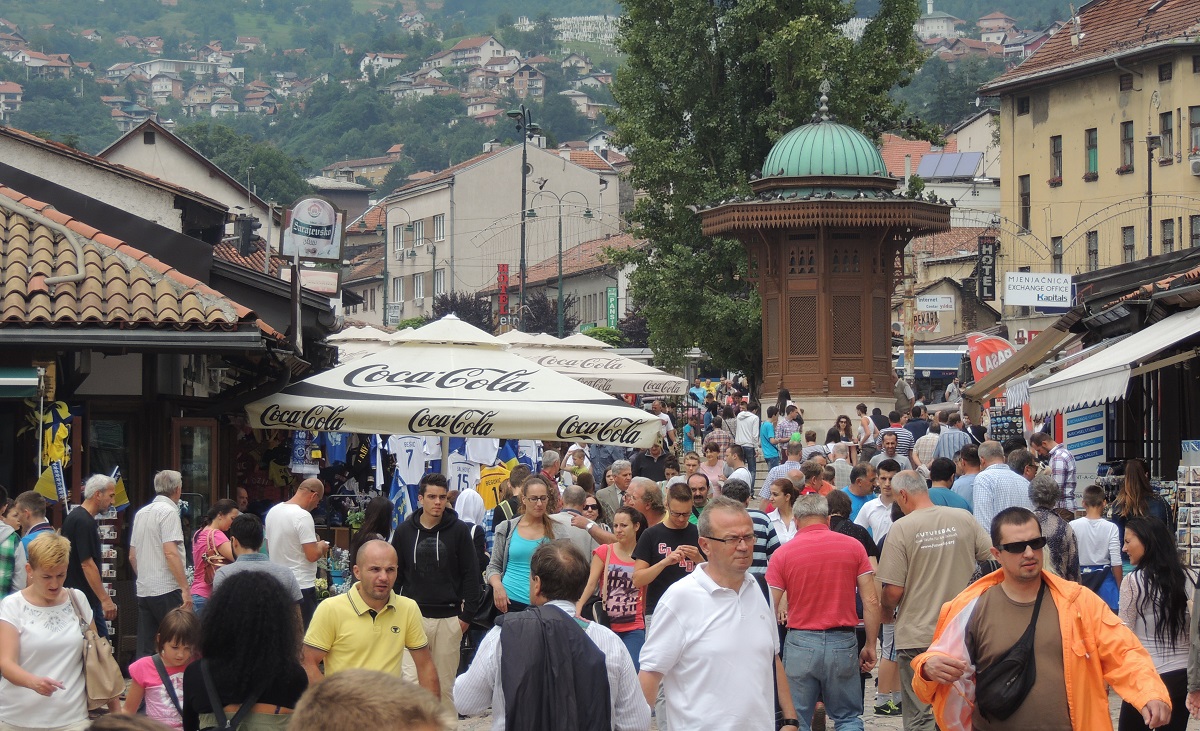
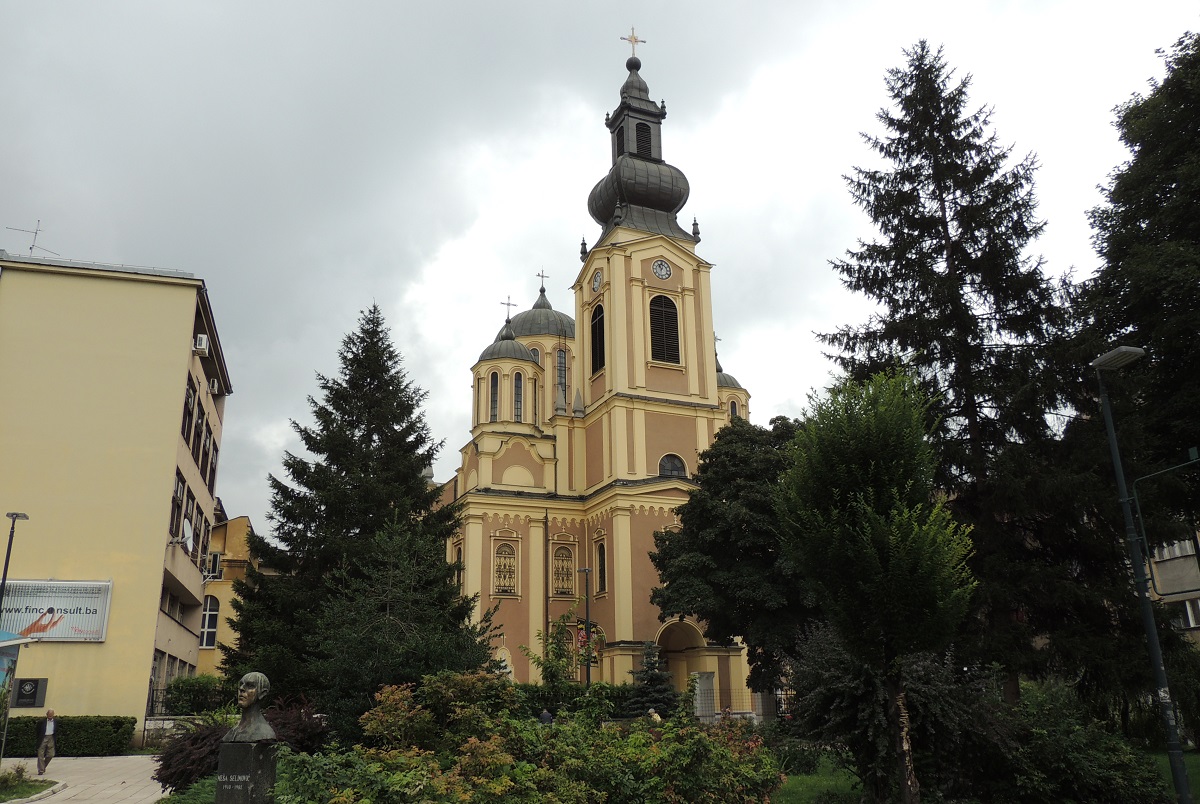
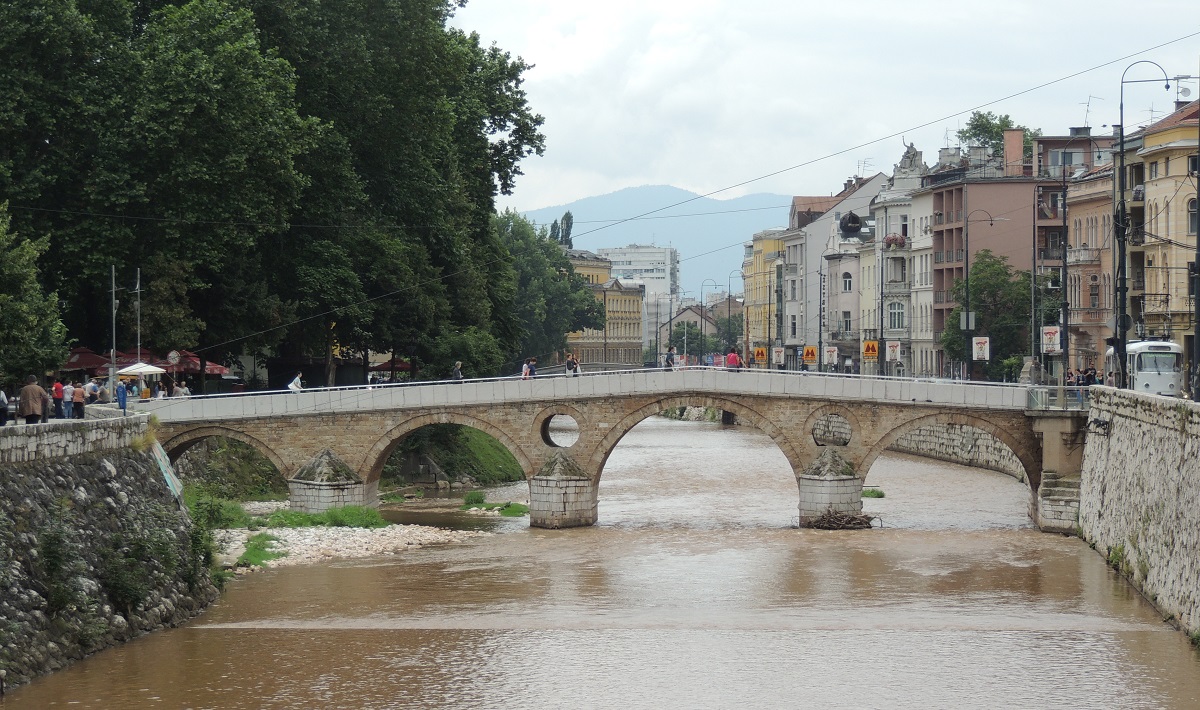
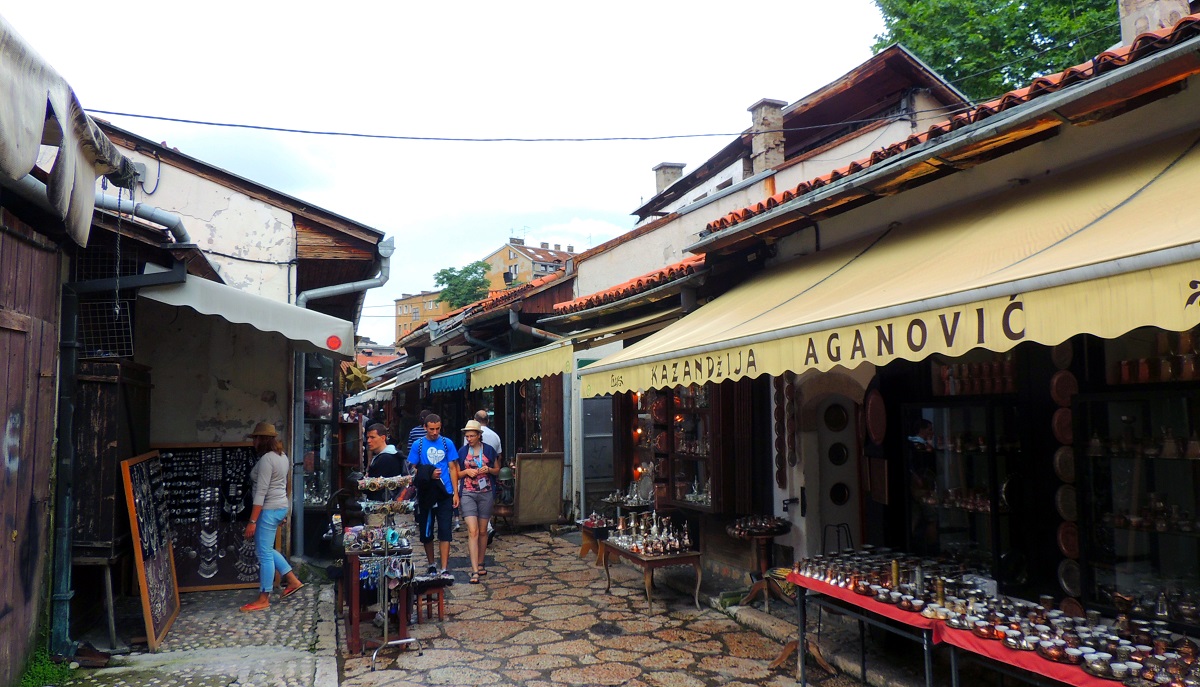
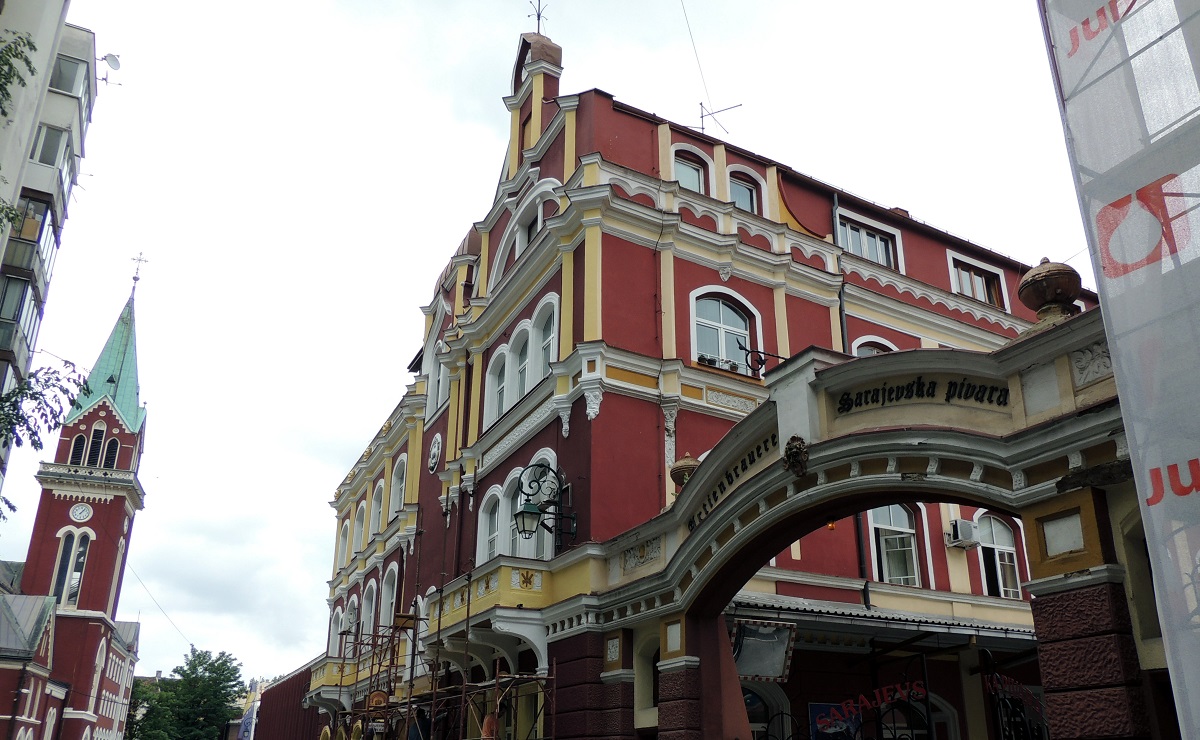
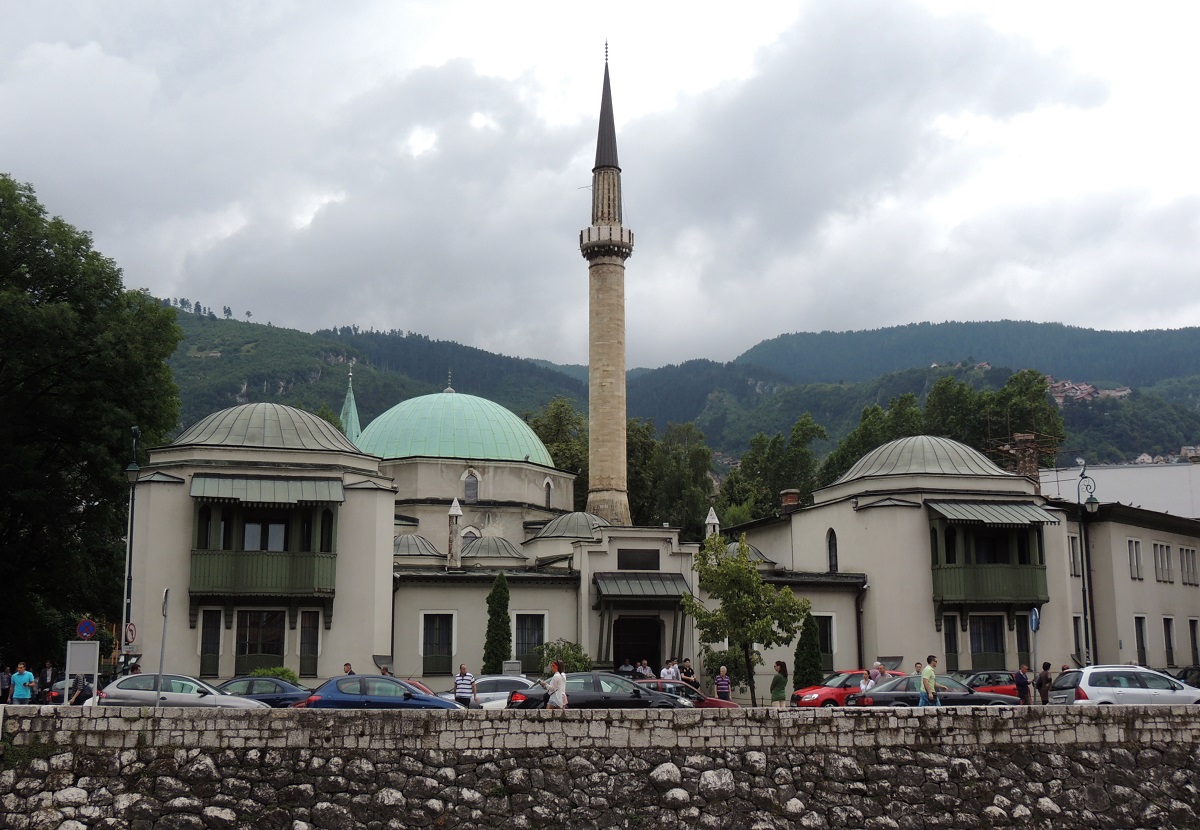
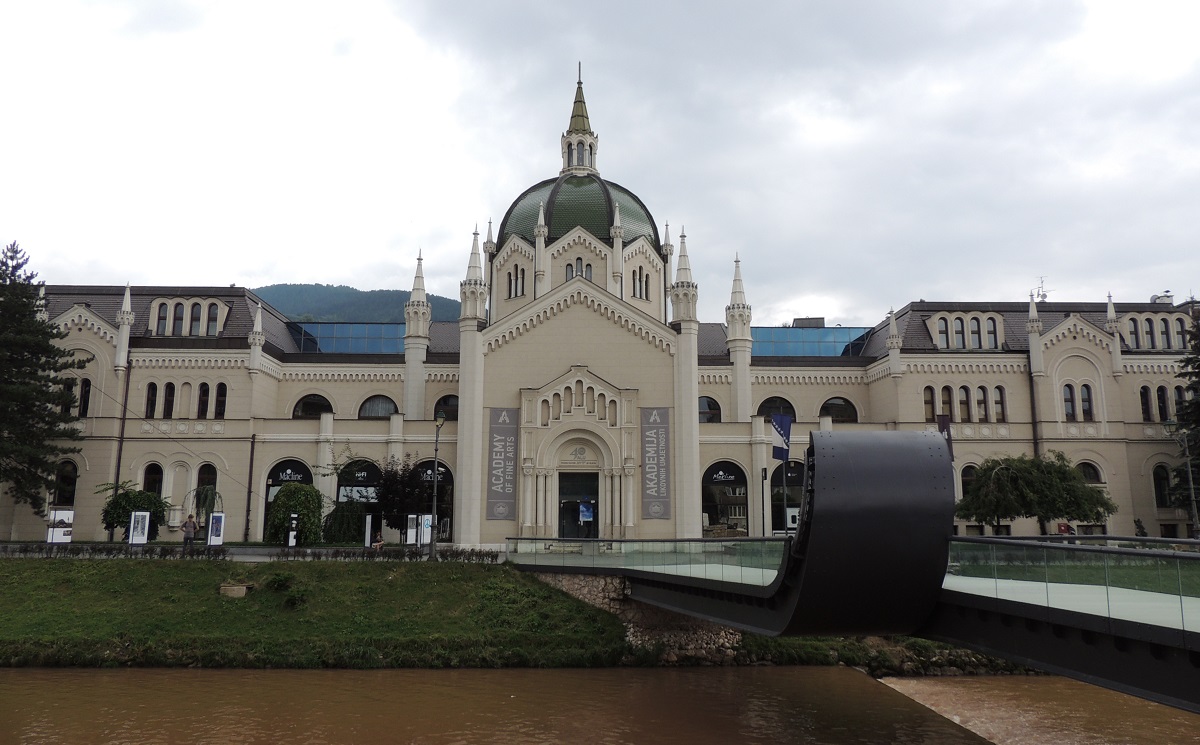
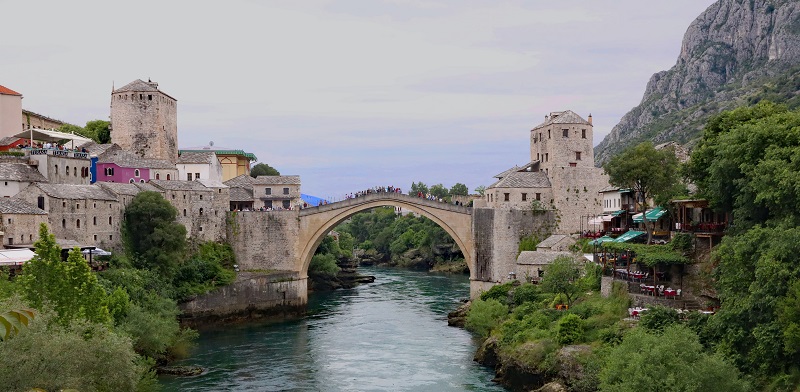
Prehistory and the Roman Empire
The early period in the region around present-day Sarajevo was home to the Butmer culture, not least characterized by finds of finely crafted pottery.
Butmer culture disappeared around the year 2400 BC, and it is believed that it was due to the coming of the Illyrians. The Illyrians settled in several places in the area, and they built various fortifications. The Illyrians were in the area for the growth and strength of the Roman Empire made it impossible for a continued defense; the last battle took place in year 9, after which Emperor Tiberius was able to establish his Roman rule over the region.
Under Rome’s rule, the region and its settlements were part of the province of Dalmatia. Roads went from coast to inland, and through archaeological finds it has been found that trnaport and trade have taken place; also to the present Sarajevo, which in the Roman Empire’s time was still not established as a city.
Slavs and Vrhbosna
In the 600s, Slavic tribes came to the Balkans, and in several places replaced the Illyrians, who at this time still constituted the population tribe. The slaves, for example, settled in the Sarajevo Valley. Two settlements were established around what is today Sarajevo, but little is known about these.
Bosnia is first mentioned as a smaller area around the Bosna River, and from the 1100s the region was subject to Hungary as vassal. Central to Bosnia was the area and settlement of Vrhbosna, which may have been at the site that later became Sarajevo. In 1238 it was documented in papal papers that a cathedral dedicated to St. Peter in the city was erected, and this fact could indicate that it was a significant settlement or town.
Sarajevo is founded
The Muslim Ottomans spread through a conquest to the European Balkans in the 14th century, where Bosnia also became part of the Ottoman Empire. For Sarajevo it became historically landmark, with the Ottomans establishing the city, which is believed to have happened in 1461.
At that time, the village of Brodac was located on the site where the first Ottoman governor of Bosnia wanted a new city. His name was Isa-Beg Ishaković, and he managed to swap land with the local landowners. It gave Isa-Beg Ishaković the opportunity to establish the new capital of the Ottoman province here. It quickly built a market, bathing facilities, a mosque and a governor’s residence; the so-called saray who came to give Sarajevo his name.
With the heavy construction activity, Sarajevo quickly became the province’s largest and most important city. Merchants from Ragusa came here, and Christians, Jews and Muslims lived side by side.
Sarajevo continued to grow strongly and the city market was the center of many activities. Schools, a library and mosques were established, around 100 of which were erected in the city by the end of the 16th century. Bathing facilities helped make the city one of the most modern in Europe, and Sarajevo was at its peak the Ottomans’ largest city in the Balkans; only Constantinople of the Bosphorus was larger. In 1660, it is estimated that Sarajevo had about 80,000 inhabitants.
The decline of the Ottomans
Sarajevo’s heyday was the 16th century, where there was a huge construction activity. The 17th century was also characterized by some growth and a relatively rich citizen life, but it was at the same time a century when the decline of the Ottoman Empire began. Of course, it was something that affected all the subordinate and conquered regions and thus also Sarajevo and Bosnia.
In 1697, Austrian troops besieged and robbed Sarajevo, and it was a manifest symbol of the weakening of the Ottoman Empire. During the Austrian attack, the city was severely destroyed and Sarajevo had to be rebuilt from the start to become a large, prosperous and important city again.
At the beginning of the 18th century, the Ottomans moved their administrative seat for the region from Sarajevo to Travnik, which naturally affected Sarajevo’s materiality, which had already suffered a crack in 1697.
The 18th century was a century of stagnation, decline and new catastrophes for Sarajevo. Some were built on top of the destruction in 1697, but the city was hit by major fires in both 1788 and 1797, which put Sarajevo back again.
The 19th century was no better for the city than the end of the 18th century. The Ottoman Empire faltered, and a rising patriotism in many Balkan countries made many wish for freedom, and so did Sarajevo. There were several battles around Bosnia in the first half of the 19th century, and at Sarajevo it was for the last time fought the last battle in 1832. On that occasion the Ottomans won, which created new decades under the Turkish Ottomans.
Habsburgs and the 20th Century
Throughout the 19th century, the Ottoman Empire became increasingly weakened, and many states were liberated from Turkish supremacy during this time.
In 1878, Sarajevo was conquered by Austria-Hungary, and it came time to signify a high growth in the city to which Western architects and engineers poured. They were to help build Sarajevo as a modern European 19th century city. A fire during this period also led to some rebuilding and the result was a Sarajevo with a mixture of the Ottoman bazaar area and urban districts with western architecture.
After 1878 Sarajevo remained de jure part of the Ottoman Empire, but in fact the city and region were administered as part of Austria-Hungary, which formally annexed the area in 1908. At that time, about 50,000 inhabitants lived in the city.
Sarajevo enrolled in world history in 1914. Austrian Archduke Franz Ferdinand had been crown prince and thereby the successor to the Austro-Hungarian throne since 1896, and in 1914 he was to visit Sarajevo with his wife Sophie. The visit took place on June 28, 1914, when the Crown Prince couple drove through the streets of Sarajevo. Here they were shot and killed by the nationalist Gavrilo Princip, and the murder was instrumental in the outbreak of World War I.
The Yugoslav Sarajevo
World War I was a war that, among other things, meant that Austria-Hungary ceased to exist. It was of great importance to many countries and Sarajevo became part of the Kingdom of Yugoslavia.
In the first decades of Yugoslavia, Sarajevo’s status and role were reduced from capital to provincial city, and it provided less political and economic importance than before. World War II replaced the interwar period, and Sarajevo was bombed by Germany and captured by Croatian Ustaše, who were fascists. The inaugural war turned for the Germans and Croats, and Sarajevo was liberated on April 6, 1945.
After World War II, Sarajevo became part of Socialist Yugoslavia, and a new period of growth began in the city, the capital of the Bosnian state within the Yugoslav Federation. Yugoslavia invested heavily in Sarajevo, which was expanded and modernized, including many new suburbs with large apartment buildings.
Sarajevo hosted the Olympic Winter Games in 1984, and this year the world’s sports eyes were aimed at the city, which, with the Games as the focal point, experienced a strong period of growth. Expansion with sports arenas, new neighborhoods, hotels and more was part of what brought the city’s population to about 500,000 people.
Sarajevo was a growing city in the 1980s, and it was the capital of one of the states of Yugoslavia, which, together with the rest of Eastern Europe, was facing major political changes. The country consisted of many states from Slovenia in the north to Macedonia in the south, and the desire for independence made some of the Yugoslav states want independence.
Sarajevo 1992 to today
Bosnia-Herzegovina declared its independence on March 3, 1992, thereby leaving the country out of Yugoslavia. With Serbs, Croats and Boniaks as population groups, there was great opposition to each other in the following years when it came to war in Bosnia and Herzegovina.
From April 5, 1992 to February 29, 1996, Sarajevo was besieged, and the highlight of the siege took place in 1992-1993, when buildings were shattered and snipers operated around the city, with images of the so-called Sniper Alley going around the world.
After the end of the war in Bosnia and Herzegovina in the 1990s and thus the siege of Sarajevo, the city was partially destroyed and it was to be rebuilt. This great work started in 1995, and ten years later Sarajevo was largely rebuilt.
Today, Sarajevo is thus a beautifully renovated capital with many sights in both the old and new districts. New high-rise buildings and shopping centers have opened up in recent years, and there is peace and quiet to enjoy the beautifully located city in central Bosnia-Herzegovina.

Overview of Sarajevo
Sarajevo is the capital of Bosnia-Herzegovina and it is a beautifully located city with many sights to see. The Ottoman Bazaar Quarter is located as an atmospheric center, surrounded by the beautiful 19th-century 19th-century Habsburgs, erected in the decades leading up to World War I, where the city was growing rapidly.
The city’s name is historically linked to World War I, with Archduke Franz Ferdinand murdered during a visit here in 1914. Historically interested can see the place where it happened and learn more about both that year and much else from the city’s history at various museums.
About the upcoming Sarajevo travel guide
About the travel guide
The Sarajevo travel guide gives you an overview of the sights and activities of the Bosnian-Herzegovin city. Read about top sights and other sights, and get a tour guide with tour suggestions and detailed descriptions of all the city’s most important churches, monuments, mansions, museums, etc.
Sarajevo is waiting for you, and at vamados.com you can also find cheap flights and great deals on hotels for your trip. You just select your travel dates and then you get flight and accommodation suggestions in and around the city.
Read more about Sarajevo and Bosnia and Herzegovina
Buy the travel guide
Click the “Add to Cart” button to purchase the travel guide. After that you will come to the payment, where you enter the purchase and payment information. Upon payment of the travel guide, you will immediately receive a receipt with a link to download your purchase. You can download the travel guide immediately or use the download link in the email later.
Use the travel guide
When you buy the travel guide to Sarajevo, you get the book online so you can have it on your phone, tablet or computer – and of course you can choose to print it. Use the maps and tour suggestions and you will have a good and content-rich journey.
Baščaršija • City Hall • 1984 Olympics • Franz Ferdinand

Overview of Sarajevo
Sarajevo is the capital of Bosnia-Herzegovina and it is a beautifully located city with many sights to see. The Ottoman Bazaar Quarter is located as an atmospheric center, surrounded by the beautiful 19th-century 19th-century Habsburgs, erected in the decades leading up to World War I, where the city was growing rapidly.
The city’s name is historically linked to World War I, with Archduke Franz Ferdinand murdered during a visit here in 1914. Historically interested can see the place where it happened and learn more about both that year and much else from the city’s history at various museums.
About the upcoming Sarajevo travel guide
About the travel guide
The Sarajevo travel guide gives you an overview of the sights and activities of the Bosnian-Herzegovin city. Read about top sights and other sights, and get a tour guide with tour suggestions and detailed descriptions of all the city’s most important churches, monuments, mansions, museums, etc.
Sarajevo is waiting for you, and at vamados.com you can also find cheap flights and great deals on hotels for your trip. You just select your travel dates and then you get flight and accommodation suggestions in and around the city.
Read more about Sarajevo and Bosnia and Herzegovina
Buy the travel guide
Click the “Add to Cart” button to purchase the travel guide. After that you will come to the payment, where you enter the purchase and payment information. Upon payment of the travel guide, you will immediately receive a receipt with a link to download your purchase. You can download the travel guide immediately or use the download link in the email later.
Use the travel guide
When you buy the travel guide to Sarajevo, you get the book online so you can have it on your phone, tablet or computer – and of course you can choose to print it. Use the maps and tour suggestions and you will have a good and content-rich journey.





Similar to Sarajevo Travel Guide
There are no listings matching your search.
Reset